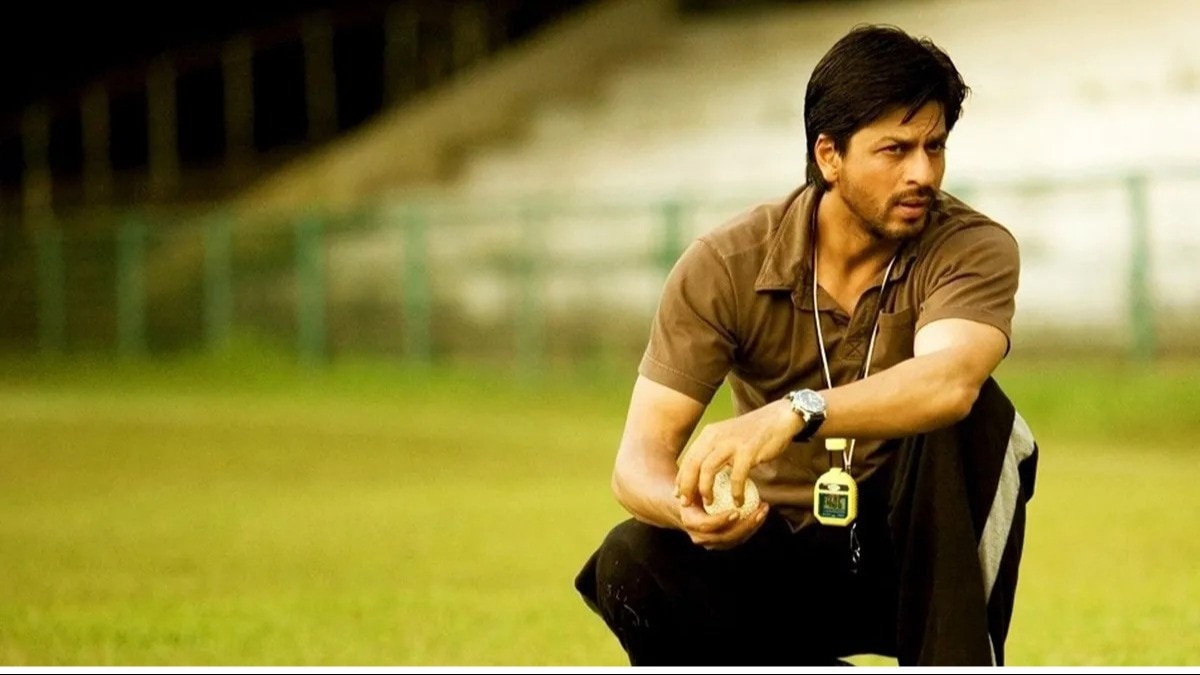
Sink or swim? Devdutt Pattanaik helps us sail through the storm
The mythologist, speaker, illustrator, and author, narrates a tale from the Jatakas and the Puranas of how to innovate and think logically to overcome any problem.


“We have to either rely on inner strength or derive it from that in which we believe.”
Once upon a time, there was a king of elephants called Gajendra. Female elephants adored him and always surrounded him. He was the most respected animal in the forest with no natural predator. So, all revered him as the king. One day, he entered a lotus pond: he wished to eat the lotus stems and enjoy the nectar of the lotus flowers. He intended to partake the company of the bees and butterflies; and, of course, sport with his wives in full abandon. In the lovely afternoon sun, they enjoyed themselves for hours. Then something terrible happened.
This story comes to us from the Jatakas and the Puranas. The Jatakas are stories of the Buddha’s previous lives. The Puranas are Hindu stories. They discuss episodes from the lives of Shiva and Vishnu, Gods who often take human form on Earth. The Buddhist version of Gajendra’s story is carved on the gateways of many stupas of Sanchi and Bharhut. We hear that a giant crab catches hold of the elephant king and tries to drag him down. The crab is determined to drown the king and eat his flesh. The king is terrified of being consumed. But, with the help of his wives, he manages to outwit the crab and crush its skull. Thus, he makes the pond safe again. In the Hindu tale, as per oral traditions, the story is different. A crocodile catches the elephant king’s leg. In artwork, a giant snake catches his leg. The intention of both is to drown Gajendra and then feast on his body. As Gajendra screams in agony, he begs the female elephants to help him. But everyone is petrified of the attack and no one comes to his rescue. They all run away terrified of the crocodile or python. In despair, Gajendra picks up a lotus flower and offers it to Vishnu. He begs Vishnu to come to his rescue. And lo and behold! Vishnu descends from the sky, riding his eagle, Garuda, and comes to Gajendra’s rescue. He hurls his discus and saves Gajendra from the jaws of death.
We see the same story told differently in the Buddhist and the Hindu narratives. The Buddhist narratives are atheistic. In them, there is no concept of a powerful God who watches over us. We have to take care of ourselves. And the mighty king finds a way to outwit the crab. Hindu narratives are theistic. They speaks of the belief that there is a greater force out there. This force can protect us in bad times, when we are helpless and no-one else can save us. That supreme power will come to our rescue. In this particular story, it takes the form of Vishnu.
What is interesting in both these stories is that we see a great character in a helpless situation. That encapsulates what life is about. We may be rich and powerful. We may feel we are in control and make our lives predictable. However, we can be suddenly overwhelmed by circumstances where we fear we will drown, like the Elephant King. We become helpless and we do not know what to do. The story offers us two options. If we do not believe in a higher power, we have to rely on our own selves; our inner strength, wit, and capabilities. We must be able to innovate ways of escaping the problem. We must be aware that it is something that can be overcome, if we simply calm down and think logically. Those who believe in a higher power find strength through it. They locate this strength not within their bodies but outside their bodies in a divine force to extricate themselves from the miserable situation.
This is how we should handle problems and uncertain futures. This is what the Buddha taught us. This is what the sages who composed the Puranas taught us. Details vary. But they all remind us that even the mightiest can face helplessness and uncertain futures. We have to either rely on our inner strength or derive strength from that in which we believe. Over generations, through Buddhist and Hindu lore, our ancestors have transmitted this wisdom to us. This, essentially, is the greatest wisdom for the future. It is timeless wisdom or sanatan wisdom.
Feature image: Getty Images









